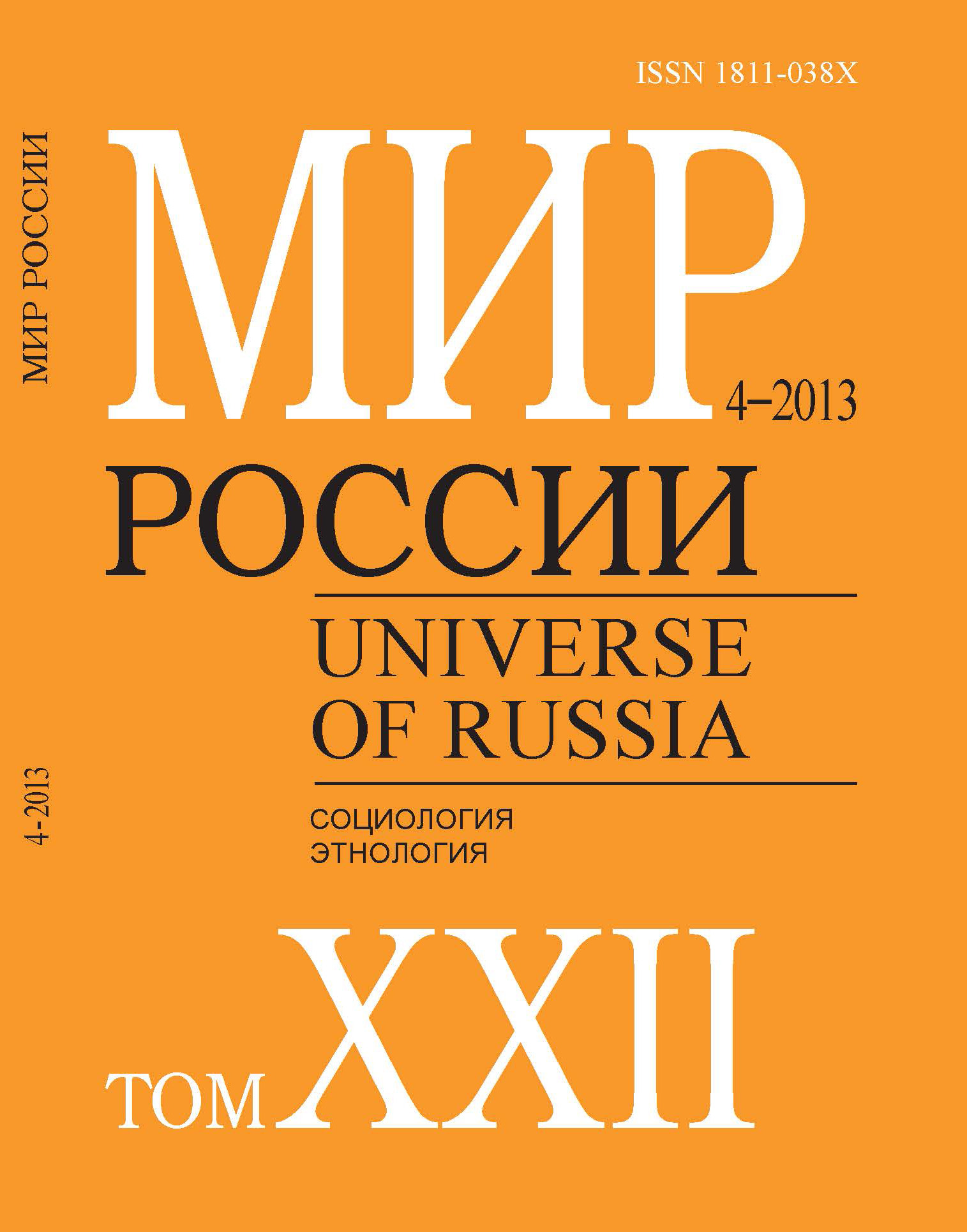From “Oriental Despotism” to “Average – Weak Capitalism”: the Ragged Path of Institutional Development of Imperial Russia
Abstract
Rustem Nureev — Tenured Professor, National Research University “Higher School of Economics”. Address: 20, Myasnitskaya St., Moscow, 101000, Russian Federation. E-mail: Nureev50@gmail.com
Yuri Latov — Leading Researcher, Management Academy of the Ministry of Internal Affairs in the Russian Federation. Address: 8, Z. and A. Kosmodemyanskikh St., Moscow, 125171, Russian Federation. E-mail: latov@mail.ru
The history of Russia since the Time of Troubles in the 17th century (when the need for modernization was recognized) and up to the early 20th century (when Russia’s modernization ended) can be regarded as a perfect example of catch-up development of a country in the “second echelon” of capitalism. In competing with Western civilization, Russia attempted to import its most advanced institutions, but keep its identity at the same time. As a result, this overtaking development took the form of fluctuations between the strengthening of institutions of private property and the conservation of power-property relations.
The initial idea behind the institutional reform was to liberate the nobles from the state. And it was only by the end of the 18th century that Russia reached practically the same level of economic freedom for the ruling class as in Western Europe during the period of its mature feudalism: the landowners gained the “normal” rights of private ownership for land and its peasants. However, the state kept its role of the primary agent of economic modernization up to 1917. The liberation of peasants in 1861 eliminated the feudal institutions of serfdom and corvee labor, but at the same time Russia retained its “Asiatic” institutions of peasant dependence on community and the state. Stolypin’s reforms were important in securing private property among peasants, but they either came too late, or required more than a dozen of years to make"farmerization" of peasantry irreversible.
When at the end of the 19th century Lenin drew his conclusions about the polarization of peasants into its more bourgeois and more proletarian part, he was over-exaggerating. A much better understanding of modernization in agricultural sector was developed in 1920 by Chaianov, who formulated his concept of a non-capitalist agricultural economic unit. The industrial sector was also quite slow in stripping itself from “Asiatic” economic institutions. In the 18-19th centuries, a larger share of Russian entrepreneurs was represented by ethnic and religious “trading” minorities, such as the Old Believers, Jews, Armenians, Germans, etc. With regard to this, one can speak of a very strong and lengthy dominance of “traditional capitalism” — a system of entrepreneurship which implies mostly non-market (rent-seeking) competition. And although 20th century Russia witnessed the rise of the “big business”, many large Russian enterprises were still very dependent on state patronage, which in many respects resembled the more traditional forms of capitalism.
Thus, there are reasons to agree with Lenin’s definition of Russian capitalism in the early 20th century as an “average-weak capitalism”. Russia in the early 20th century was indeed “weak” among the average — slightly underdeveloped with respect to Japan, but significantly more developed than Turkey. Moreover, the miserable achievements of this partially successful modernization were completely overthrown by Russia’s unsuccessful participation in the First World War.






